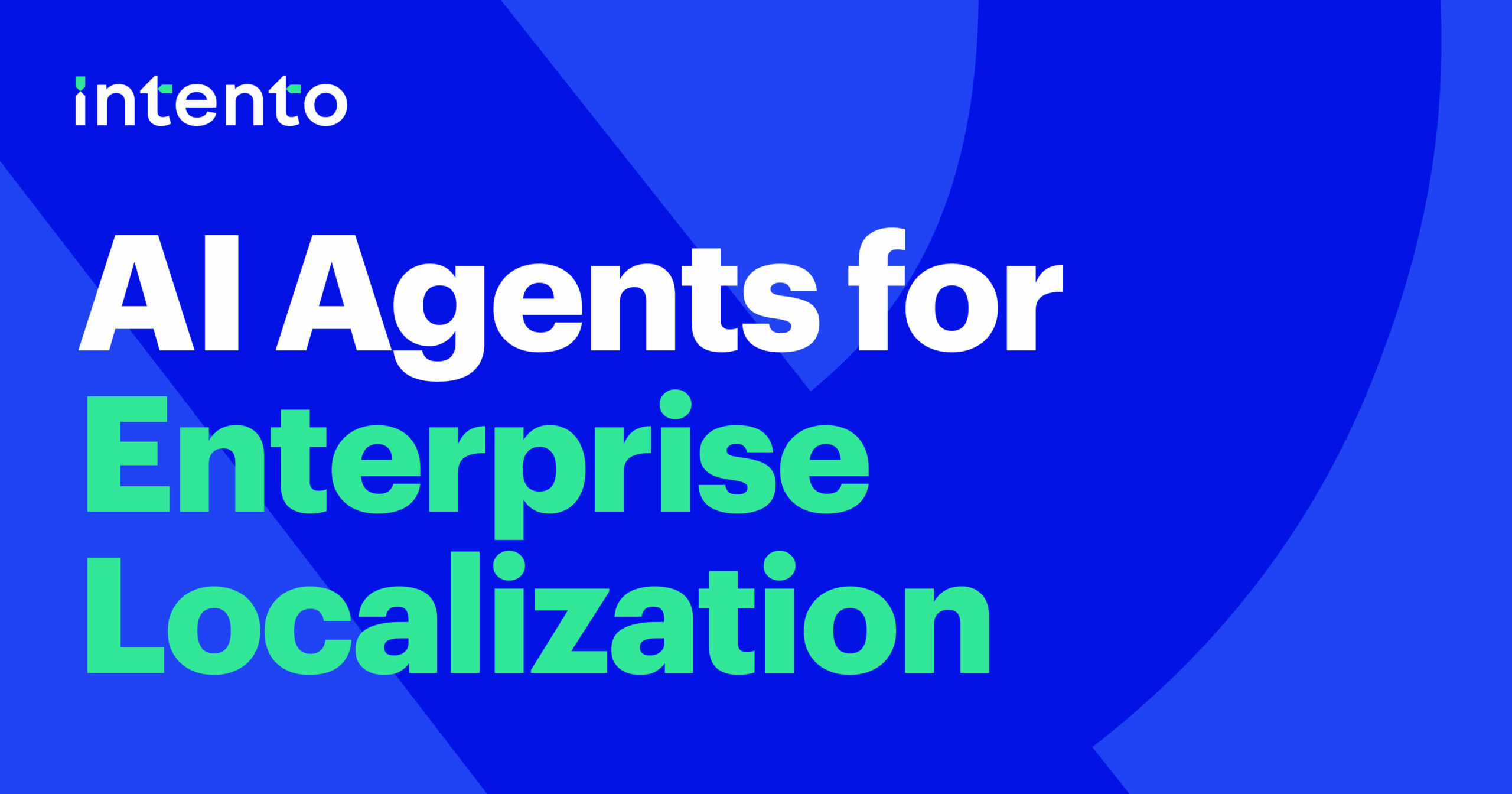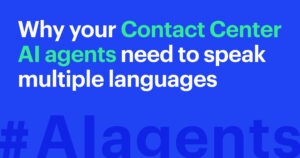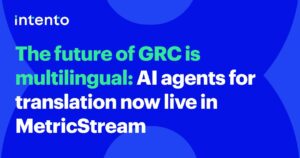We keep hearing the same striking statistic from enterprise localization teams: only 1–2% of their translations need post-editing or human translation.
Sounds insignificant, but for one company that 1% means 300 million words per year. In practice, they’re spending 95–98% of their entire localization budget on this small fraction of content.
We see the same pattern with our customers, even those using the most advanced machine translation systems trained on their own translation memories. So why are companies burning most of their budget on post-editing when machine translation (MT) is supposedly solved?
The fundamental limitation of data-driven translation
Neural machine translation (NMT) is a machine learning (ML) technique that learns from your data. It excels at picking up high-frequency language patterns and terminology. But there’s a critical gap between what MT learns and what enterprises actually need.
When you examine your localization requirements and try to find examples in your translation memories, you’ll discover that only some requirements appear frequently enough to be learned. Others are too rare or context-dependent to stand out from the noise.
This results in a significant gap between what MT provides and what your business requires. Your solution has been to hire post-editors. And you don’t train these specialists—you instruct them. Instructions are the only way to handle requirements that can’t be learned from data, and until recently, instructing humans was the only way to improve quality.
This is where millions from your budget disappear.
The hidden cost of mechanical tasks
Right now, talented translators spend countless hours on repetitive tasks—fixing tone of voice, adjusting gender forms, checking style guide compliance. These mechanical tasks take time away from where human translators truly excel—bringing cultural nuance, creativity, and deep understanding to translations.
Budget constraints mean many potential improvements never happen. There’s a saying in post-editing: “If you can leave it as is, don’t touch it.” But imagine instead having the time to make every translation not just correct, but exceptional.
Requirements-based translation: the shift from data to instructions
There’s finally a technology you can actually instruct—large language models (LLMs). But simply throwing prompts at LLMs isn’t enough.
To bridge the gap between machine translation and enterprise needs, you must give LLMs context—both for your translations and your business. They need to understand how to identify text that doesn’t meet requirements, how to fix it, and how to verify their own work.
At Intento, we call these AI agents. Typically, one agent can’t do all the work. Just like humans, LLMs have limited attention spans, so different groups of translation requirements need different agents working as a team.
How AI agents transform your workflow
With Intento Language Hub, you gain AI agents that work throughout the translation workflow. They adapt, improve, and edit content both before and after translation—correcting poorly written source content, post-editing translations based on specific expectations, checking for specific issues, and performing many more tasks.
Our requirements-driven translation approach uses specialized agents to enhance quality through:
- Translation Agent: Is fine-tuned on historical translations and can leverage more than 50 different MT models and LLMs.
- Post-Editor Agent: Reviews and edits translations according to instructions and can be fine-tuned on past edits.
- Terminology Agent: Validates content against approved glossaries, flags forbidden terms, and keeps terminology consistent across locales.
- Tone of Voice Agent: Adjusts translation to your brand voice without changing facts, intent, or obligations.
- Style Guide Agent: Checks and edits translation against style guide rules.
- Source Quality Improvement Agent: Improves source text before translation—fixing grammar, ambiguities, and formatting issues.
- Compliance Agent: Checks translations to ensure they adhere to local market regulations.
The key differences between data-driven and requirements-based translation are significant:

Elevating translators, not replacing them
Let me be clear about something critical: this technology is designed to elevate the translation profession, not replace it. AI agents take over the tedious parts of post-editing, freeing translators to focus on the more rewarding aspects of their craft.
This approach can reduce post-editing by up to 95%, allowing translators to move from repetitive mechanical tasks to creative, nuanced work where human insight is irreplaceable.
From prototype to production
At Intento, we’ve established multi-agent translation workflows through our agentic platform for several enterprise customers. We start by customizing machine translation, analyzing what post-editors are still fixing and what users are saying, identifying important requirements missed by MT, and adding AI agents to handle them.
Make sure to include this shift in your plans for 2026. The move from data-driven to requirements-based translation isn’t just a technological advancement—it’s a fundamental rethinking of how we approach quality in enterprise localization.
You can watch the video version of this blog post here.



